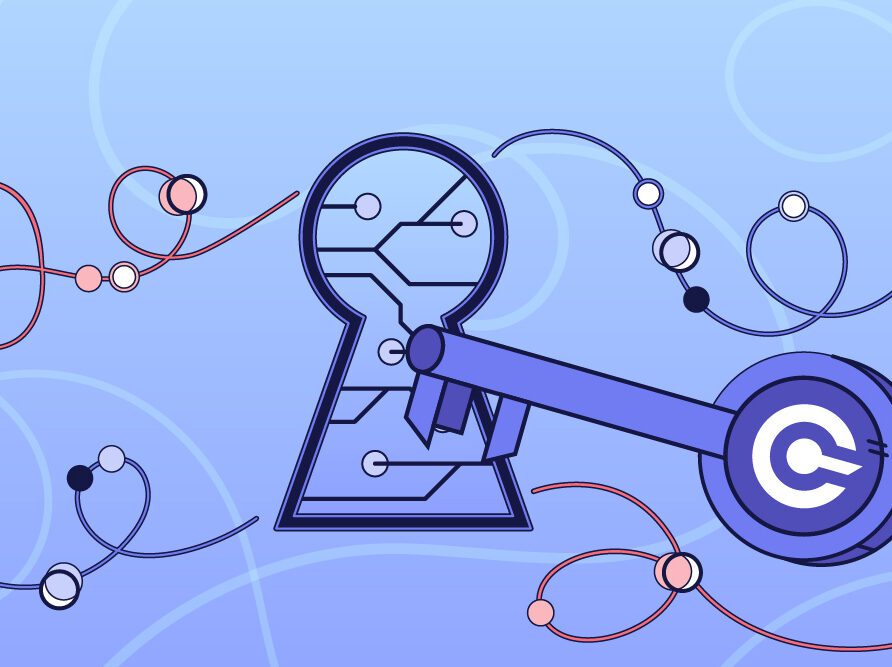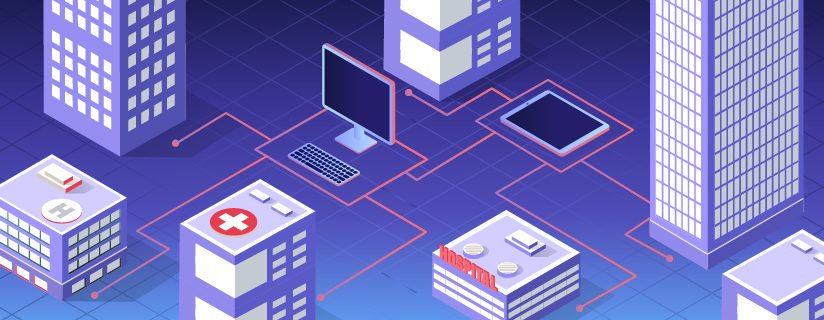Article
A little bot can spark big change: How RPA can bring better outcomes to organizations
EDITOR’S NOTE: This blog was written under the consultation of Sherri Atchley, Area Vice President, Managed Services
At any healthcare organization, there is a long list of tasks, all of which must get done. Naturally, these tasks vary in weight, but not often in importance. For example, while patient care should (and must) come first, scheduling patients and maintaining that schedule are also significant for any organization. I’m telling you what you already know for a reason: These tasks are a necessity to run a successful organization, and necessity is often the mother of invention. How can we take these tasks, sort them out and then automate them? How can we give skilled workers the time back in their days to focus on other valuable tasks? Let’s discuss.
A branch of AI includes Robotic Process Automation (RPA), which is the automation of manual or repetitive processes and tasks leveraging custom and/or pre-coded tools. RPA can help with automated data entry, data extraction, scheduling, report generation, monitoring and a lot more. This technology is intended to give staff time back in their day, ensuring the human resources can focus their attention on tasks that bring the most value to an organization, while RPA can handle more repetitive obligations. With that said, how can RPA bring real, honest value to organizations?
Mission-critical work for human-driven organizations
Human beings are equipped with skills that, when applied properly, make significant impacts on others. Technology, on the other hand, is built to support better outcomes for people. With this in mind, RPA can offer custom-built applications, or, bots, to empower staff to use their skills on more advanced tasks that require a human touch. These bots run automation to ensure that smaller, more tedious work is handled with care. Using automated data entry as an example, if that task becomes automated, that staff member now has more time to focus on the long list of other obligations that keep an organization running smoothly. RPA isn’t about replacing humans, but rather, equipping them with the resources needed to bring better outcomes within reach.
RPA isn’t about replacing humans, but rather, equipping them with the resources needed to bring better outcomes within reach.
Fighting burnout with automation
The administrative staff of a healthcare organization is akin to a nerve center—it keeps things running efficiently so that the care delivered can be delivered with more ease and focus on the patient. If these front- or back-office workers are buried under tasks, they’re not able to bring their best human element to the patient’s experience, or to the rest of the work that must be done. By lifting these tedious responsibilities from this staff, administrators have more time in their day to take care of themselves and their responsibilities. Again, with such automation working for these workers, the flames of burnout can be extinguished.
To err is human
Not to belabor another obvious point, but: Everyone’s human. That’s not a criticism. In fact, it’s something to be celebrated. The human side to healthcare can extend beyond the exam room or operating table. By automating tasks like data entry, for instance, accuracy increases, while workers who were previously bogged down with repetitive working conditions, now can bring more time into their day to do better, more focused work, with the time and space to drill down accordingly. This leads to improved efficiencies and reduced costs that can come with avoidable rework. A true benefit for any healthcare organization.

The next steps for the journey ahead.
Altera Digital Health has equipped clients (and our internal teams) with vendor-agnostic RPA bots for years, and we’re just getting started.
Our bespoke bots help enable better outcomes for organizations and their invaluable staff. This includes one of our RPA clients experiencing significant improvements in efficiency. By enabling clinical staff to reallocate 81% of their time previously taken up by non-value add manual tasks to clinical care, these team members gained 95% boost in efficiency for responding to patients.
Another client faced significant delays in message retrieval and voicemail processing, negatively impacting staff response times and patient satisfaction. By implementing RPA, this client saw a 79.17% reduction in delayed hours per week, significantly improving staff response times and patient satisfaction.
Learn more here.












